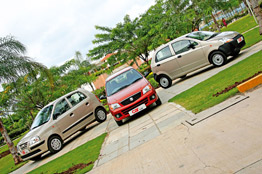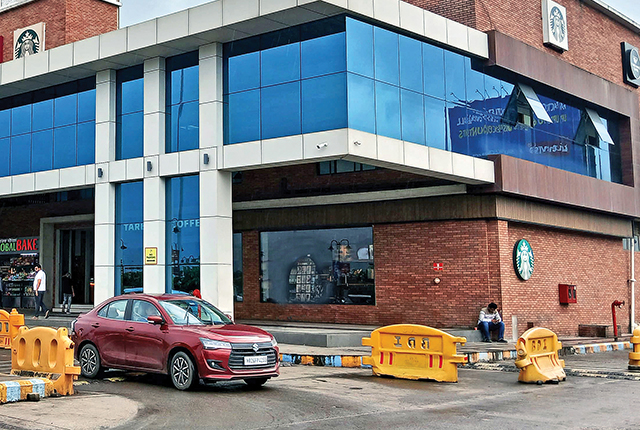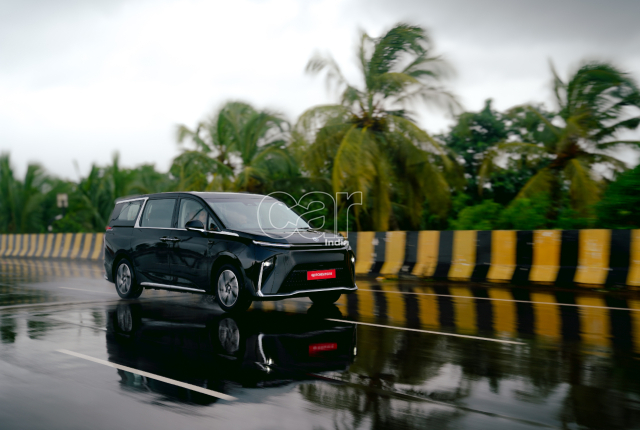Throw in the Spark as well, and about a sixth of the Indian car market is made up by these three cars. We wanted the Indica Xeta too, but Tata bureaucrats scuppered that, otherwise we’d have cornered a cool 20 per cent of the Indian market while talking about just four cars. 
 Never mind, let’s see how these three stack up. This isn’t a comparo in the true sense of the word and there will be no blood-letting here either. We’re looking at three cars that retail for about Rs 3.5 lakh, but are quite different in character.
Never mind, let’s see how these three stack up. This isn’t a comparo in the true sense of the word and there will be no blood-letting here either. We’re looking at three cars that retail for about Rs 3.5 lakh, but are quite different in character.
 Firstly, consider this: Maruti Suzuki have very cleverly plugged a small gap in their small-car arsenal with the Alto K10. The jump from the Alto to Estilo/Wagon R was previously a cool 50 grand. It’s all very convenient with the incumbent BSIV norms too, and while the 800-cc version will soldier on in non-metros, the K10 will tuck in tigerishly in the big cities.
Firstly, consider this: Maruti Suzuki have very cleverly plugged a small gap in their small-car arsenal with the Alto K10. The jump from the Alto to Estilo/Wagon R was previously a cool 50 grand. It’s all very convenient with the incumbent BSIV norms too, and while the 800-cc version will soldier on in non-metros, the K10 will tuck in tigerishly in the big cities.
The Santro has been Hyundai’s stalwart, the car that made Hyundai such a household name in India. The talismanic tall-boy is still a strong seller and Hyundai have a good spread of variants to cover the Rs 2.8-4.0 lakh bracket. We’ve taken the mid-spec GL variant, which has power steering and alloy wheels, but little else. 
 Finally, our third contender: a little Korean masquerading as an American, the Chevy Spark. Cheap, cuddly, cheerful, cheeky…an almost sickeningly hackneyed string of adjectives, but a good car nevertheless. Its mini-MPV style sets it apart from the other two here and it has a reasonably voluminous interior. We’ve got the 1.0 PS with us, again with just power steering and an air-con.
Finally, our third contender: a little Korean masquerading as an American, the Chevy Spark. Cheap, cuddly, cheerful, cheeky…an almost sickeningly hackneyed string of adjectives, but a good car nevertheless. Its mini-MPV style sets it apart from the other two here and it has a reasonably voluminous interior. We’ve got the 1.0 PS with us, again with just power steering and an air-con.
When you scan the spec list, the Alto VXi does seem to be at an advantage. It has body-coloured bumpers and front power windows, which the Santro GL and Spark 1.0 PS do not. But let’s move on from that and actually see how they feel on the road as everyday cars.
Alto K10 vs Santro vs Spark






















Leave a Reply